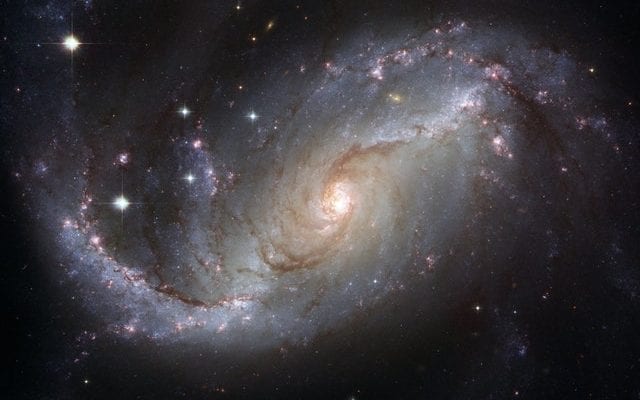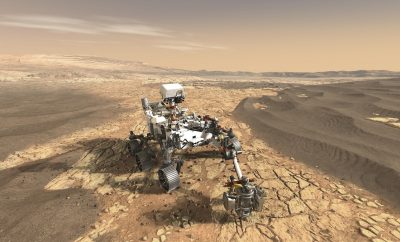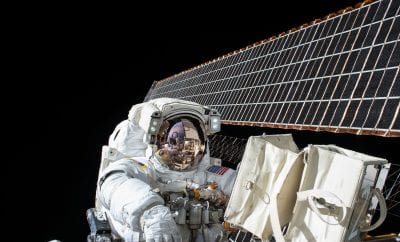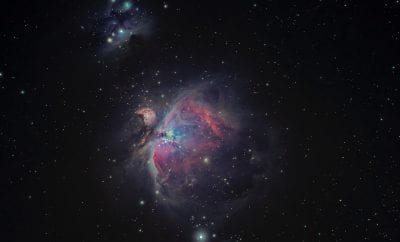
News
The Search For New Earth-Like Planets
Planet Earth is extremely unique in regards to the universe as a whole. Not only does it serve as the place we call home, but it is the only planet in our universe that is known to be capable of harboring life. Planet Earth resides in what’s called the “Goldilocks Zone” where it is close enough to the sun to where we can have heat and energy, and not too far away so we don’t freeze, hence the name. This might not seem like too big of a deal, but it is the reason we have been able to live for the last 4.6 billion years. For many years now, NASA and other space agencies have been on a search to discover new planets from solar systems unlike our own, that exist in the Goldilocks zone. These planets could be potentially be home to extraterrestrial life, and there have been several discovered that are quite similar to Earth.
Previous searches for hospitable worlds outside our solar system proved extremely difficult to do, due to the sheer distance between us. However, with NASA’s Kepler space telescope, astrophysicists have been able to find more planets similar to our own. In fact, the Kepler telescope recently discovered over 219 new planets using its advanced array of technology, Of these 219 planets, 10 are thought to host conditions similar to Earth. This means they inhabit the Goldilocks zone, and are thought to be rocky, rather than being a gaseous planet like Jupiter or Saturn. If the conditions are just right, this could mean that water exist on these planets, which is an absolutely crucial aspect for life as we know it.
So where are some of these potentially habitable worlds located? Well, most are light-years away, meaning we won’t be seeing them close up anytime soon. A recently discovered planet, Proxima B, is located by the nearest star about 4 light-years away. The planet appears to be slightly larger than Earth, and has a very short orbit of 11 days, which is vastly different from Earths 365 day orbit. Scientists are excited to have such a close potential planet to study for the years to come, as many aspects of the planet are still unknown. Though it could be a potentially habitable world, there is the concern of it being located so close to its star that it could suffer from deadly solar flares.
At the close of this decade, astronomers have made some of the biggest leaps in discovering new and exciting worlds in our universe. Every year, more and more planets are discovered, and astronomers are getting better at discerning the habitability of a planet. Though the thought of exploring new worlds like ours seems like an invitingly exciting thing to do, we will unfortunately be unable to for a very long time. The sheer distance between us and these newly discovered planets makes it extremely difficult to travel to. Maybe sometime in the future we will find a way to better explore these worlds, but for now we’ll have to leave it up to the astronomers for giving us an idea of what’s out there in our vast universe.





0 comments